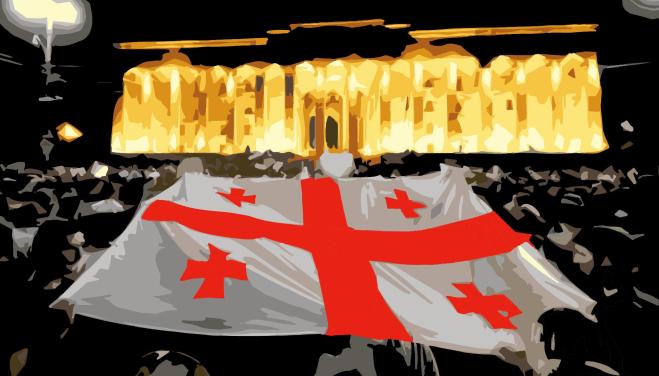Ombudsman -- On June 20, the Special Task and Facilities Protection Departments used 3 types of weapons, 5 types of bullets and shells; up to 800 rubber bullets had been fired
During the dispersal of the rally, over a period of several hours – from about 00:00 to 04:30 am – more than 100 employees of the Special Tasks Department and the Facilities Protection Department used 3 types of weapons, 5 types of bullets and shells. As the Minister of Internal Affairs told the media, about 800 rubber bullets had been fired, – notes the information card about 20 June protests released by the Ombudsman’s Office.
According to the Ombudsman, the obligation to warn the protesters before the start of dispersan had not been met.
“The statutory obligation of warning demonstrators of the expected use of physical force and special equipment had not been fulfilled before the start of the dispersal of the rally. Therefore, the law enforcement officers did not give reasonable time to the desmontrators to comply with the law and leave the area.
As for the warning of demonstrators by the public statement of the Ministry of Internal Affairs ofGeorgia before the dispersal, as well as the statements of the Minister of Internal Affairs of Georgia and the Tbilisi Mayor spread by the media,4such measures do not ensure provision of full information to demonstrators and do not meet the standard of adequately warning demonstrators of the use of force before the use of such a measure,“ said the Ombudsman’s Office.
The so-called Gavrilov Night protest was dispersed by the riot police with the use of tear gas, rubber bullets and water cannon. About 240 people both civilians and law-enforcers were injured during the night of June 20-21, 2019. Only 8 people were granted the status of a victim.
Protests in front of the parliament building at Rustaveli Avenue in Tbilisi have been held since June 20 in reaction to the visit of Sergey Gavrilov, a Russian lawmaker and his sitting in the parliamentary speaker’s chair during a religious assembly, which many Georgians saw as an unwelcome reminder of Russian military occupation of its breakaway regions of Abkhazia and South Ossetia.

